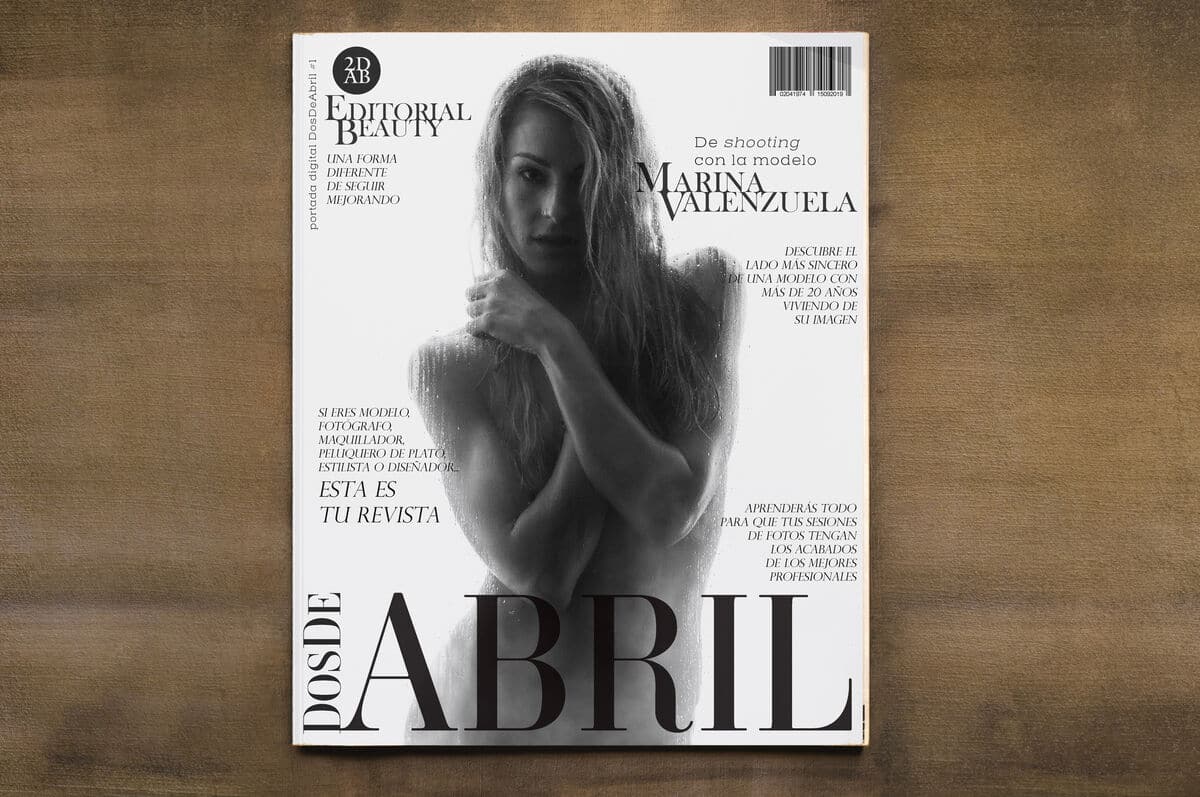
Source: Diario de Cádiz
Every day there are more people who move through advertising media, whether online or offline, but they are important media for us.
What many do not know is how to design a cover that fits the theme of each magazine, blog or book, and that meets a range of readability suitable and above all that, each of the graphic elements that is included: fonts, images, graphics or illustrations, are submitted in a perfect composition.
The designer not only has to be able to understand what he is designing, but also must give importance to what is really important. And that is why in this post we are going to show you how important a cover should be.
The cover
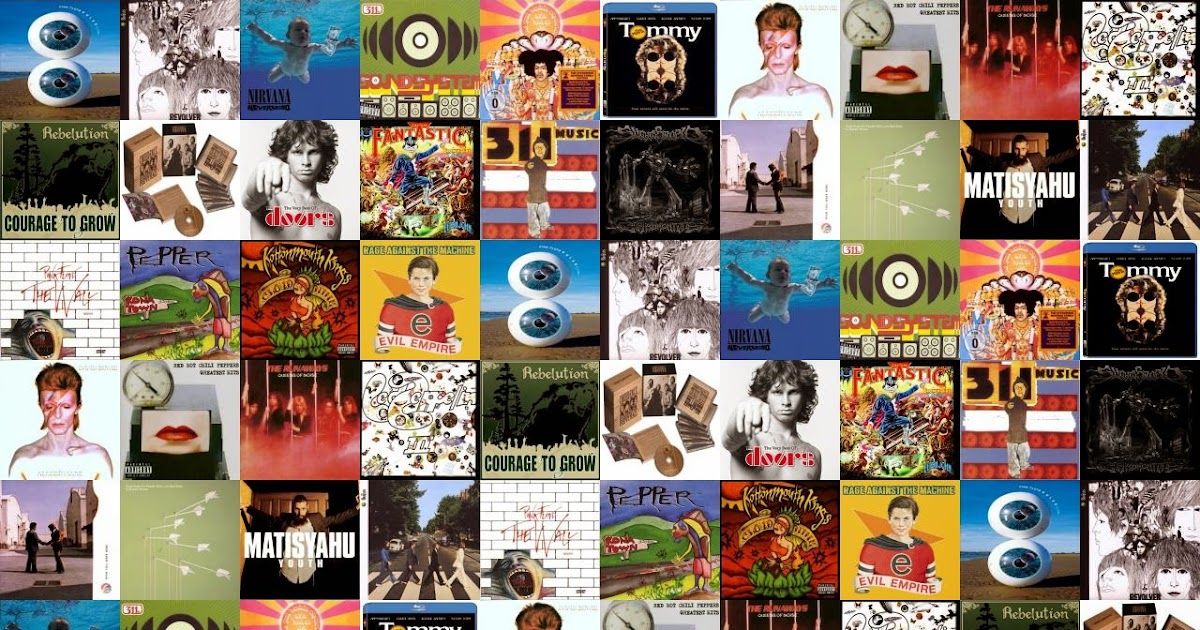
Source: Audrey's Croissant
The cover is the most important element of any medium, since it is the first thing that the viewer or reader sees. Therefore, it is the first thing that is questioned, that is criticized and that our eye perceives for the first time. It should also be noted that a cover in a thesis or a career project must be what collects all the information that we have established and summarize it in a main title, a subtitle and a first and last name.
As well as class information such as the name or number of the course, the date, the name of the professor and the name of the institution. Another detail to take into account is that the cover is not numbered and must have a margin of approximately 2 centimeters on each side.
Elements
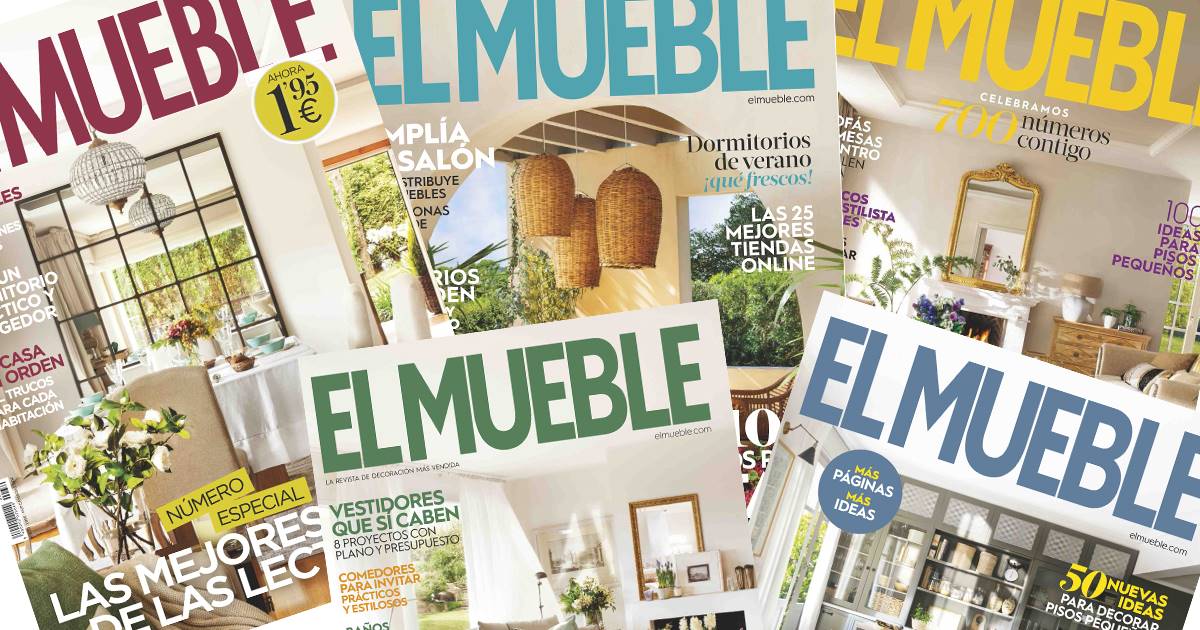
Source: the furniture
The first thing we have to take into account is the distribution of the elements that we want to add to our cover, that is why it is necessary.
Title
The title is quite easy to do and it only takes a few minutes. It is the first part of a cover and is the first element that the reader sees.
For this reason you have to be careful that it does not contain any errors as this could cause a bad impression; the reader could take this into account before evaluating the quality of the content.
The title of the work must be clear and honest so that it can be easily recognized what the work is about. There are certain APA rules or standards by which title pages are governed. It is important to know the specific requirements of the particular department, university or institution.
Generally in scientific reports, research papers and theses, the title goes in the center and aligned, in the middle of the page. If the work has a subtitle, it is placed below the title.
Author
In the case of teamwork, the full names of the group members must be identified. The full name of the author must be located on the title page. You must put the full name, with first name, both last names and middle name if you want.
This element can be placed multiple lines below the title. It is necessary that it be located on the cover since in this way the professor or anyone who reads the work can know who prepared the research, scientific paper or thesis.
Thanks to the author, you can easily know who carried out the work or research. All works must have one or more authors; this means that they should never be anonymous. All thesis, scientific research or academic work must have author credits.
Date
Generally, the date of delivery of the work is placed at the bottom of the cover, it is usually the last thing that is placed on the cover and certifies the day, month and year that the project was carried out.
It is important to write it because thanks to it the reader can find out about the date on which the work, thesis or scientific research was written.
In the case of being a cover of a university thesis or containing a more academic theme, it is usually also put:
Name/number of the course or class
It is necessary to place the name of the class or subject on the cover so that the topic or research area of the work is quickly known. A reader must be able to quickly identify the area of study to know from the beginning what the thesis or academic work is going to be about.
If the class has a number, it must also be placed so that the teacher can identify from the beginning to which class the student/work to be evaluated belongs. This makes the job much easier.
Bachelor's Degree
On the cover, the degree that is being studied or the course for which the work is directed must be placed. It is necessary to place it on the cover since in this way you can know the degree of instruction that the author has when writing the academic paper or thesis.
Teacher's name
Below the place where the name of the class is placed, you can put the full name of the teacher. It is necessary since in this way the reader can know to whom the work is dedicated. The teacher is the one who usually assigns or is in charge of the academic papers of his particular course.
Location
Some title pages also include the location where the academic work was written or performed. This helps to easily identify where the research is coming from; in the location the state or province and the country of origin of the work or thesis are placed.
It is usually located at the end of the cover, although this may vary depending on the academic work or the particular institution
How to make the cover correctly
To design a cover correctly, it is necessary to take into account several aspects:
- Paper size: normally it is usually a DIN A4
- Font size: If it is for printing, it is always advisable to have a maximum of 12 points and to use fonts that are sufficiently legible.
- As for the margins it is proven that they must be: in the upper plane 3cm, to the left 4cm, in the lower space 3cm, to the right 2cm.
Types of covers
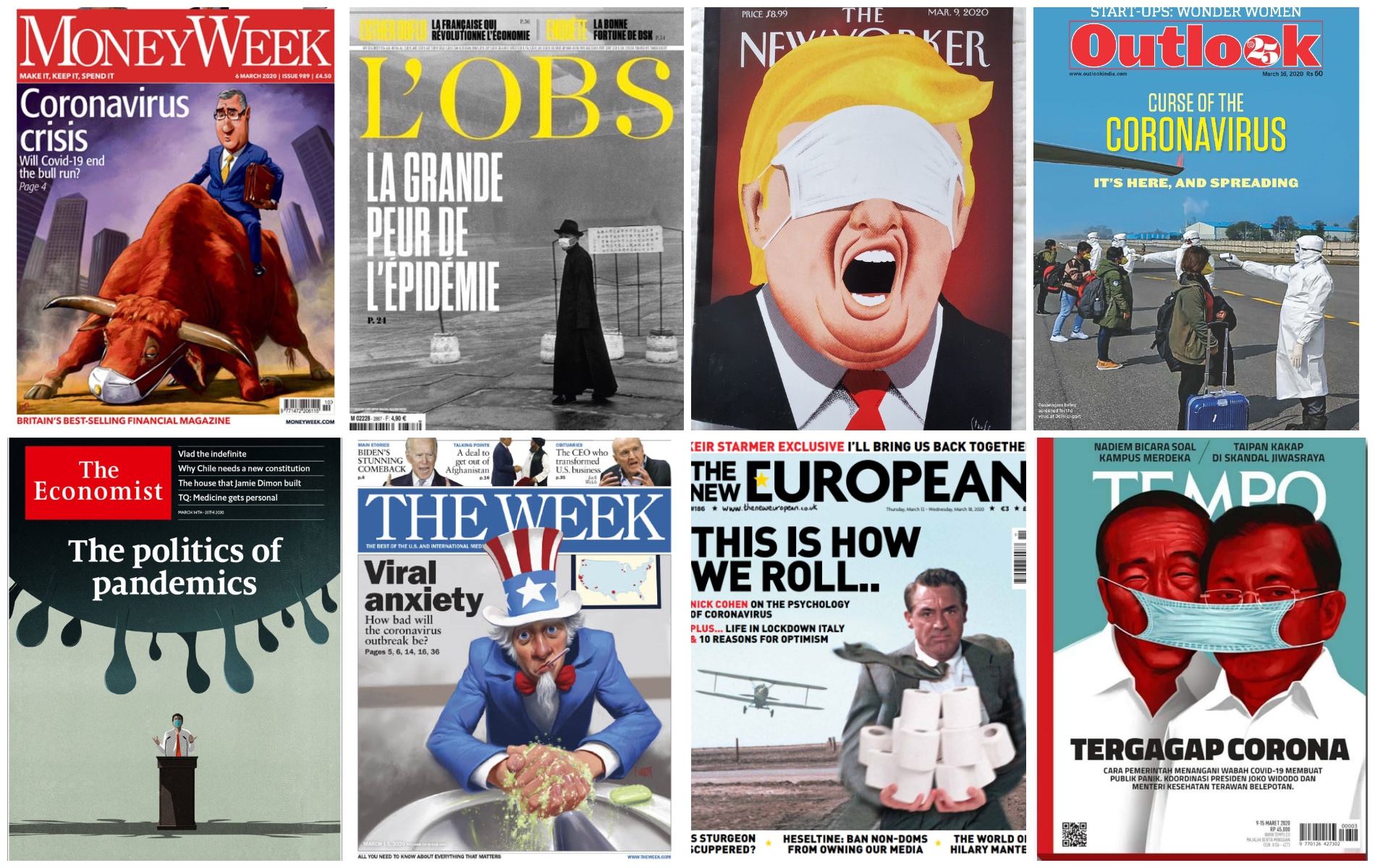
Source: Journalism
The figurative cover
Figurative covers are very special types of cover and one of the most used since a photograph is used, generally traditional, to which original elements are added to add humor or ingenuity, while providing a sense of adventure that invites the reader to buy the magazine and immerse themselves in the fun.
the text cover
It is the least used option today, in which text is mainly used, or text and a striking background image. But precisely, because it is rare, it can help achieve our goal: draw the attention of readers.
The conceptual and abstract cover
It can be considered as a striking cover, sometimes used in photography magazines or on design issues. Use illustrations or photos whose design communicates complicated concepts or complex quickly, easily and simply.
design techniques
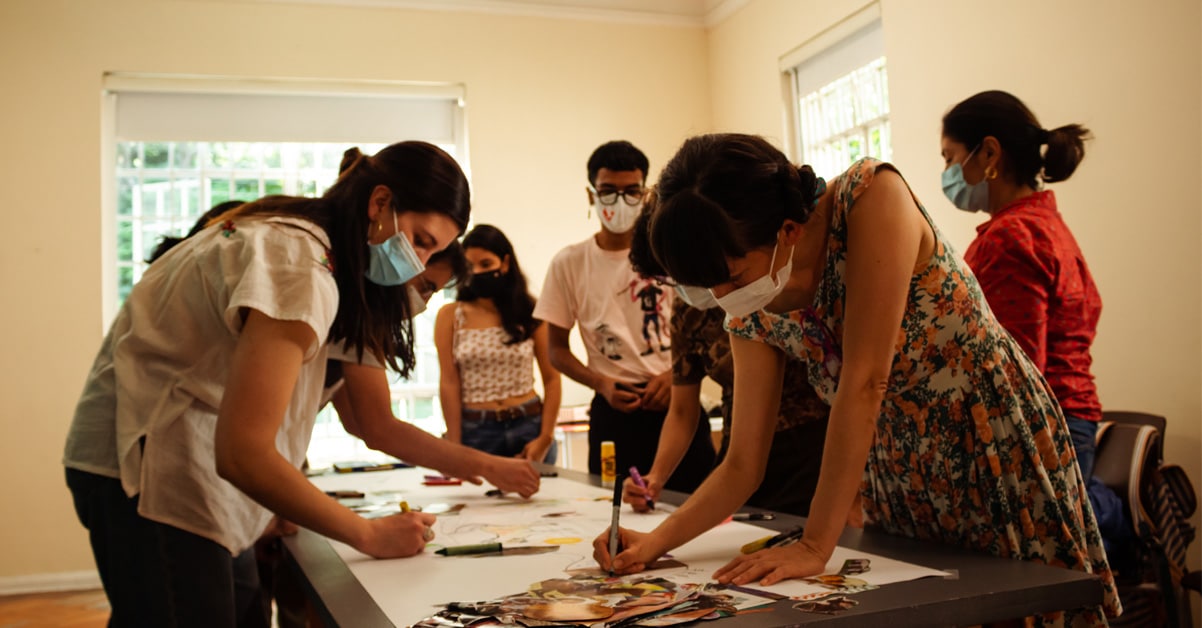
Source: Twitter
use colors
Some of the most effective magazine layouts use color very sparingly, proving that a simple splash of bold color can be more striking than a bright color palette.
Pairing a single bold color with a black-and-white photograph and monochrome-toned text, it looks fantastic for men's magazines and tech titles. Bright typography, banners, and dividers give the layout a sporty, masculine edge.
Perfect the items
Once the reader opens the magazine, the contents of the pages will be their first stop. The content of the pages should be functional and allow readers to find sections and articles very easily, but it is also the perfect place to exercise a little creativity.
If the magazine has a huge amount of content, then don't limit your content to a single page, diversify the content to full double pages. This will give you enough space to enter a large header for the contents, try a flat serif font or another typeface with great impact, and quite a few attractive images.
Use resources such as illustrations and get inspired
Browse any magazine showcase and you'll notice that most covers use photos as their imaging medium of choice. However, an illustrative cover can look unique and very stylish, and is a great choice for technology, art, and design titles. Flat graphics are very easy to create and can make your magazine look particularly forward looking.
Get familiar with Adobe Illustrator, CorelDRAW or Inkscape to create vector graphics that can be used in your InDesign compositions very easily.
Vectors are a great way to express more abstract or fantasy concepts, and as a result they are the perfect choice for magazines that don't fit into the usual fashion or lifestyle niches.
Conclusion
We hope you have learned more about editorial design. Now it's your turn to start designing the first sketches of your first covers.